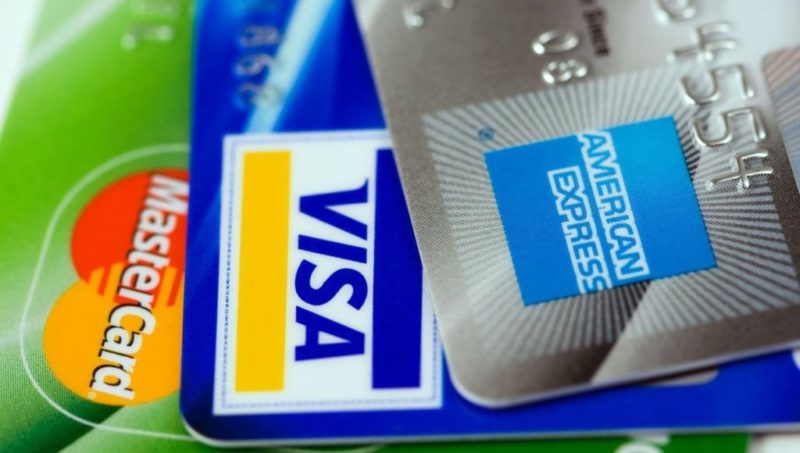With the stimulus checks long ago spent, Americans have gone back to buying things the old-fashioned way – on credit.
Household debt surged by $313 billion in the second quarter to nearly $15 trillion, according to the Federal Reserve Bank of New York Household Debt and Credit Report. It was the biggest quarterly dollar increase in household debt since 2007. In percentage terms, household debt grew by 2.1%, the biggest surge since Q4 2013.
This article was originally published by Schiff Gold.
Household debt includes mortgages, home equity loans, credit cards, auto loans, student loans, and other debt.
With home prices rising, increasing mortgage debt was a big factor in the overall rise in indebtedness. Mortgage balances increased by $282 billion during the quarter. That represents a 2.8% rise from Q1 and a 6.7% year-over-year increase. The quarterly increase was the biggest since 2007 – the cusp of the mortgage crisis. Outstanding mortgages now total $10.4 trillion.
Seriously delinquent mortgage balances dropped to 0.47% of total balances, the lowest in the data going back to 2003. But forbearance for federally-back mortgages sweeps delinquency problems under the rug. At the end of Q2, there were still nearly two million mortgages in forbearance. We could see a huge spike in delinquencies and defaults when forbearance programs end this fall.
Mortgages weren’t the only source of increasing debt. Consumer spending made up over 70% of GDP in the second quarter. We now know that part of that went on plastic. Credit card balances rose 2.2% from Q1 to $787 billion. Including other sources of revolving credit pushed that number close to $1 trillion.
A lot of Americans apparently used stimulus money to catch up on delinquent credit cards. Seriously delinquent balances fell to 9.3% of total balances. But despite the stimulus checks, 90-day-plus delinquencies remain higher than in the 2014-2019 range.
Through the pandemic, Americans, by and large, kept their credit cards in their wallets and paid down balances. This is typical consumer behavior during an economic downturn. We saw small upticks in credit card balances in February and March but a sharp drop in April as stimulus checks rolled out. But as those stimmy checks ran out, Americans pulled the plastic out of their wallets.
The mainstream media will spin this as good news, insisting that credit card spending is a sign the economy continues to improve. But that’s not the only way to look at increased borrowing. You could conclude that since Americans have run out of stimulus money, they’ve been forced back to borrowing to keep up with ever-increasing prices. In other words, the sudden explosion in credit card spending could reveal consumer stress, not consumer confidence.
Surging prices for both new and used cars pushed auto loan and lease balances higher by 2.4% in Q2. It was the biggest quarter-over-quarter percentage increase since 2016. Outstanding auto loans now total $1.42 trillion.
With school out for the summer, student loan balances ticked down by $14 billion after a big jump in Q1. Student loan balances often drop in the second quarter. Even with the decrease, Americans still owe $1.57 trillion in student loan debt. That’s up 1.9% from a year ago.
The seriously delinquent rate in student loans dropped to 5.7% of total balances, but it wasn’t because people suddenly started paying those balances. Many student loans were automatically entered into forbearance last spring and they don’t count as delinquent.
Overall, the mainstream spun this debt report as overall positive. But WolfStreet said America’s debt problems have been swept under the rug.
Many consumers stopped making payments without negative consequences, even as free money hailed down upon them. Because delinquencies are no longer delinquencies but count as “current,” credit scores rose on average – and in the process, credit scores have become useless for banks to determine the creditworthiness of a potential borrower. After 16 months of sweeping this stuff under the rug, there is now a huge mess under the rug, and the temptation in government is to just keep it there and forget about it, or have the taxpayer clean it up, rather than consumers, lenders, and investors.”
Ultimately, the powers-that-be want Americans spending themselves deeper into debt. It’s the only way they can prop up this economy. The Federal Reserve and the US government have built a post-pandemic “economic recovery” on stimulus and debt. It is predicated on consumers spending stimulus money borrowed and handed out by the federal government or running up their own credit cards.
But an economy built on debt isn’t sustainable long-term.





